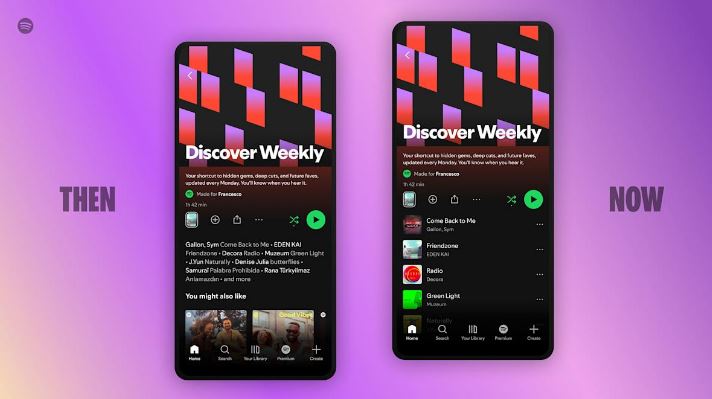Spotify has redrawn the lines between its free and premium tiers with a surprise announcement that gives millions of listeners more control over their music. For the first time, those using the free plan can now choose and play specific songs rather than being restricted to shuffle-based playback. The update, which rolled out globally in late September 2025, marks one of the most dramatic shifts in the company’s freemium model since its launch.
A New Era for Free Listening
For years, Spotify’s free version functioned as a compromise: access to the world’s biggest music catalog but limited by shuffle, skip caps, and heavy advertising. That balance has now tipped in favor of free listeners, who gain access to new features like:
- Pick & Play – the ability to tap any track in a playlist or album and hear it immediately.
- Search & Play – the option to type in a title or artist and play that song directly.
- Share & Play – instant playback of songs linked through social platforms or friends.
In addition, users can now create personalized playlists, customize artwork, and enjoy a cleaner interface, making the free plan feel far closer to the premium experience.
Restrictions Still Apply
Despite the headline changes, Spotify has carefully kept certain guardrails in place. On-demand listening comes with a daily time allowance, after which free accounts revert to more limited functionality. Once the quota runs out, listeners face restricted skips and reduced control, keeping Premium users in a distinctly better position.
Key features such as offline downloads, unlimited queues, and ad-free playback remain firmly behind the subscription paywall. Audio quality also remains lower than what Premium members receive.
Why Now?
The strategic timing of this change is no accident. Spotify is seeking to deepen engagement with its massive free audience, which makes up roughly 60 percent of its nearly 700 million monthly active users. By loosening restrictions, the company can:
- Increase ad revenue through longer listening sessions.
- Reduce churn by making the free tier more appealing compared to competitors.
- Encourage upgrades by giving free users a taste of Premium-like freedom.
Industry observers note that rivals such as YouTube Music already allow free listeners to pick songs, and this update helps Spotify stay competitive in a crowded streaming landscape.
Industry and User Reaction
Reaction to the move has been mixed. Free users worldwide are celebrating the end of shuffle frustration, hailing the update as long overdue. Social media quickly filled with excitement as people shared screenshots of the new controls.
On the other hand, some analysts caution that Spotify risks blurring the line between free and paid. If too much value is unlocked at no cost, the incentive to subscribe could diminish. The company’s decision to keep daily on-demand limits vague may reflect a strategy of adjusting thresholds behind the scenes to protect Premium’s appeal.
Looking Ahead
Spotify has described the update as part of an “evolving free experience” that will continue to change over time. Whether the gamble pays off will depend on how well it balances user satisfaction with revenue growth. For now, one thing is clear: millions of free users have woken up to a dramatically more flexible listening experience, transforming how they interact with the platform.
Spotify’s latest move signals that the streaming wars are far from over — and for the first time in years, free users are at the center of the action.

